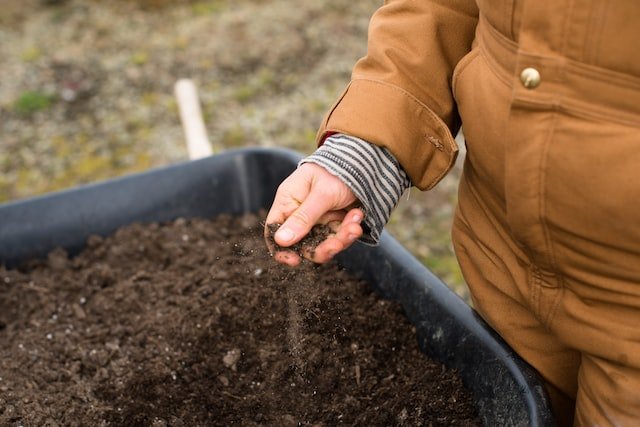Organic living soils are often hailed as the key to better cannabis cultivation and for good reason. Living soils are teeming with beneficial microorganisms that help to break down organic matter and release nutrients into the root zone, making them ideal for healthy plant growth. But what about terpene yields? Can living soils really make a difference when it comes to the production of these valuable compounds? Let’s take a closer look.
What are living organic soils?
Living organic soils are soils that are full of organic matter and beneficial microbiology. This organic matter is made up of decaying plants (such as kelp and seaweed meal) and animal products (such as worm castings, bone meal, or mealworm frass), as well as the living creatures that live in the soil. These living creatures include worms, bacteria, fungi, and other tiny organisms. Living organic “super” soils are usually made up of a combination of nutrient-rich materials which provide the plant with all the nutrients it requires throughout its full life cycle in a steady slow release form. Once the initial work of mixing the super soil is done at the start, the gardener does nothing more tha keep the soil moist with clean chlorine-free water and the soil microbes do the rest.
Why are they beneficial for cannabis cultivation?
Organic soils are beneficial for cannabis cultivation because they are living, which means they have a high capacity to store nutrients and water. They also have a high capacity to release these nutrients and water over time, which is beneficial for plants that need a slow and steady supply of these resources. When growing Cannabis using these methods, growers report a higher quality end product, more a more robust flavor and aroma.
How do they impact terpene yields?
Living soils are slightly different from other inert growing mediums, such as coco coir in that they like to be kept at a steady moisture level as opposed to a standard wet-to-dry watering schedule. When the soil dries out the plant and trichomes do too and this can cause terpene loss during the flowering phase. Furthermore, this constant stable level allows the organisms in the living soil to thrive and feast on the all-natural food sources which nourish the plant like nothing you have ever seen before. Under-feeding and over-feeding as well as under-watering and over-watering are 4 of the most common reasons plants become stressed in the world of bottle-fed liquid nutrients and subsequent harvest quality is then affected. Eliminating all stress in a cannabis plant’s life allows it to focus on nothing other than high-quality cannabinoid and terpene production.
Are there any drawbacks to using living organic soils?
While living organic soils offer many benefits, there are also a few potential drawbacks to consider. One issue is that it can be more expensive to purchase pre-mixed than traditional potting mix. In addition, living organic soils require more attention to moisture levels, as they need to be kept at a consistent moisture level. If the soil becomes too dry, or waterlogged it can cause the beneficial bacteria which feed the plant to go dormant. However, for many gardeners, the benefits of using living organic soils far outweigh the drawbacks. The extra effort required to water them perfectly is often offset by the improved health of their plants. In addition, the quality of the cannabinoid and terpene yields from organically grown plants is often significantly higher than from non-organic soil-grown or hydroponic grown plants. As a result, living organic soils are an increasingly popular choice for gardeners who want to produce healthy, high-quality plants.
Bottom line: Is it worth using living organic soils to improve your cannabis crop?
Overall, using living organic soils can be beneficial for cannabis cultivation as they are full of organic matter and beneficial microbiology. They impact terpene yields by providing a constant stable level of moisture which allows the organisms in the soil to thrive. While there are some potential drawbacks to using living organic soils, the benefits often outweigh the drawbacks for many gardeners. When it comes to producing healthy, high-quality plants, using living organic soils is definitely worth the extra effort. And it’s far better for the planet too!
